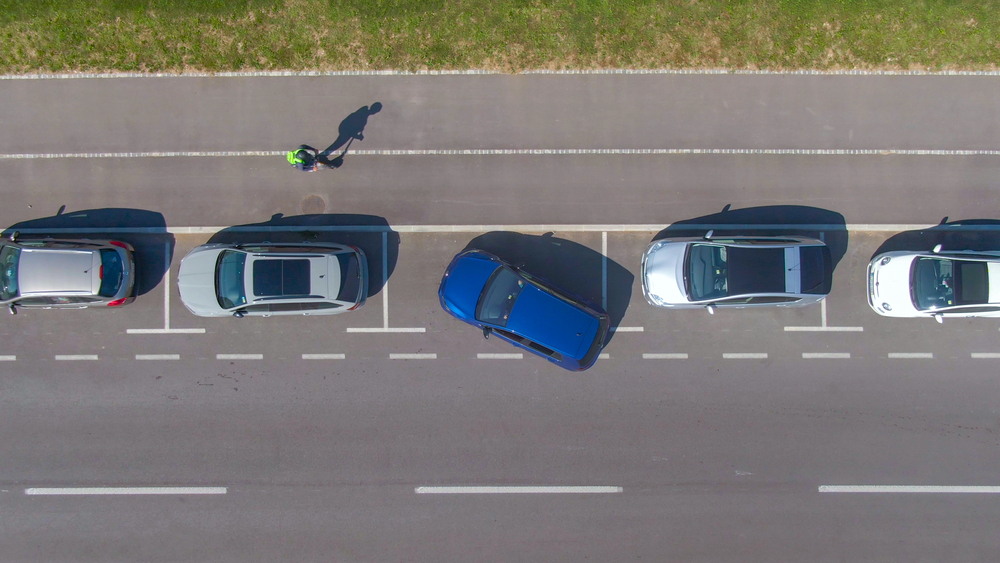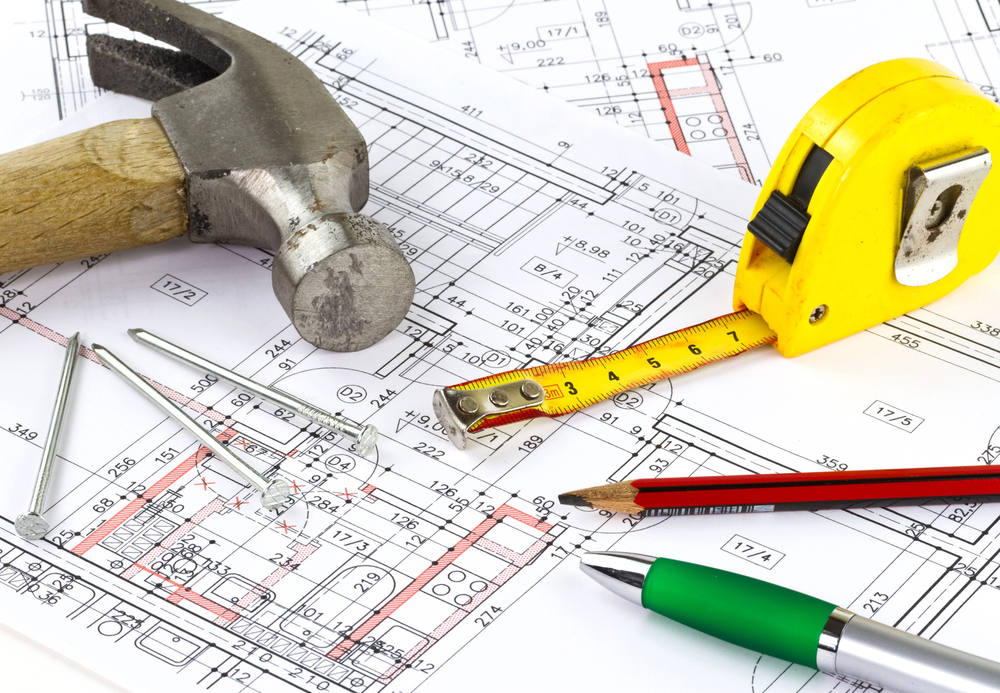Fun fact. When I was a teenager learning to drive in New York, I failed my driver’s test on the first attempt.
Even after going through my school’s optional program — which my parents were able to sign me up for — I failed.
And that really shocked me. I was an A student in school… but apparently not on the roads.
So I extended the program and practiced more.
And I failed on the second test, too.
Now things were getting serious. I wanted my independence — to drive my parents’ cars (when they would let me!). And that freedom was now under threat.
That’s when my dad stepped in.
He was super busy with his career, with my mom, and with all four of us kids… but he said:
“OK, let me drive with you. Let’s see what’s happening and I’ll give you some tips.”
I was nervous. I wanted to be the perfect little daughter for my dad. And I’d already failed twice.
How was I going to do learning from him?
And what could he teach me that my school instructor hadn’t?
Well… a lot, it turns out.
My driving instructor was perfectly fine — a young guy in his 20s. But my dad? He’d been on the road for decades. And he'd been commuting hours a day for almost 20 years.
And the tips he shared? They helped me pass that third and final test!
And they also stuck with me — and they absolutely apply to trading too.

1. Check Your Rearview Mirror Often
Most people think the rearview mirror is there for when you need to reverse.
But my dad taught me that the mirror is there to help you regularly check what’s going on behind you — almost on autopilot.
That’s the best way to stay out of the way of danger. Because if an accident is going to happen from behind your car, your rearview mirror gives you the first clue.
It also tells you if someone is tailgating you. If they are, you can move out of the way and avoid getting caught in their drama.
How this applies to your trading:
Checking the “rearview” in your trading means not just getting comfortable or complacent with where things are.
Whether it’s your trading plan or a live trade — you’ve got to check on it.
And speaking of trading plans — if you haven’t built yours yet, or you’re not sure if it’s solid, I wrote about that here:
👉 What Is a Trading Plan? (And Why Most Traders Don’t Actually Have One)
Remember: your trading plan is your map.
But when you’re live in a trade, you still need to manage it — like checking your mirrors as you drive.
Now, this doesn’t mean you have to manipulate the trade— like moving your protective stop — unless that’s part of your plan. But you do need to look at the markets to make sure your trade is still on track.
You can figure out the cadence that works for you:
- If you’re a day trader, you probably want to look every time a candlestick completes on your trading timeframe.
- If you’re a swing trader, same thing — check your chart regularly to manage the trade, even if it’s for the longer term.
Don’t drive blind — and don’t trade blind.
2. Keep a Safe Distance
Another pointer my dad gave me: on the highway, keep at least one car-length distance between you and the vehicle in front of you.
Why?
If the car in front of you stops suddenly, that distance gives you time to react — and avoid a crash.
Those bumper-to-bumper accidents? They often happen because people don’t leave enough space, and their reflexes to slow down aren't fast enough.
How this applies to your trading:
Just like checking your rearview mirror, you also need to be looking ahead.
- If you’re using a forecast — for example, from my Lost Forecasting Trading System — you’ve got to keep checking if the market is still on track to reach it. Has anything changed that would invalidate the setup?
- If you’re trading off an RSI Power Zones signal like I share in my Four Zones RSI Coverage System — great. But check on that indicator periodically to make sure your signal indications are still valid.
It’s not “set it and forget it.”
You’ve got to maintain awareness of what’s ahead.

3. Parallel Parking: Have a System
Parallel parking is probably one of the hardest things to learn — not just for a teenage driver, for anyone!
Like most new drivers, I kept adjusting and adjusting… and it would take me 10 minutes to park the car.
Finally, my dad said:
“Look — use the car you’re parking behind as your post. Match your mirror to their mirror. Then follow this sequence…”
He gave me a simple system to follow.
And it worked! It wasn’t just: “get this car into a tiny space.” It was: here’s a repeatable method to do it.
And while I’m not perfect, I’m now a pretty darn good parallel parker. Even here in Austin TX, where spaces downtown can be tight — my husband will say, we can’t fit there — and I’ll say, yes we can, and I make it happen.
How this applies to your trading:
There will be moments in your trading that feel hard.
- There’s no way I can take that trade.
- There’s no way I can learn that technique.
And that’s OK.
When that happens, come back to your trading plan.
Did you follow your steps?
Is your process sound?
That’s your “parking system” for the tough moments — it gives you something solid to lean on, instead of going by feel or emotion.
I hope these driving lessons from my father help you — not just on the road, but in your trading too.
Because at the end of the day, trading — like driving — rewards those who stay aware, keep safe distance, and follow a sound plan.
Be safe out there.
In both worlds.
And if you’d like more trading tips like this, be sure to check out the other articles here on my blog — and keep building your skills, one trade (and one mile) at a time. 🚗✨📈
👉 What’s one “rule of the road” that you use in your trading?
I’d love to hear it — drop a comment below and share your tip. We can all learn from each other’s experience.
~Hima
One response to “Rules of the Road — For Your Trading”
-
Jan Russ Schell
Great comparison to operating a vehicle. I try to not get caught up in the noise of the markets but with the Trump caused volatile conditions (Daily) the market can change direction very fast even if your plan is to scallop a small number of TickS.
Jan





Leave a Reply